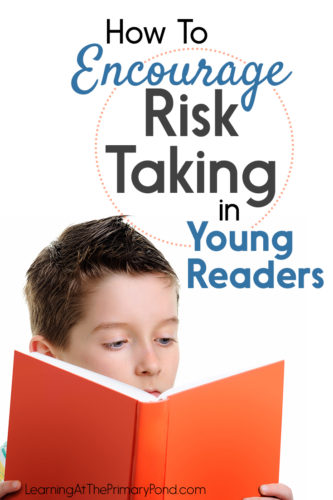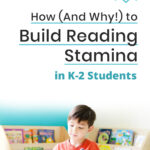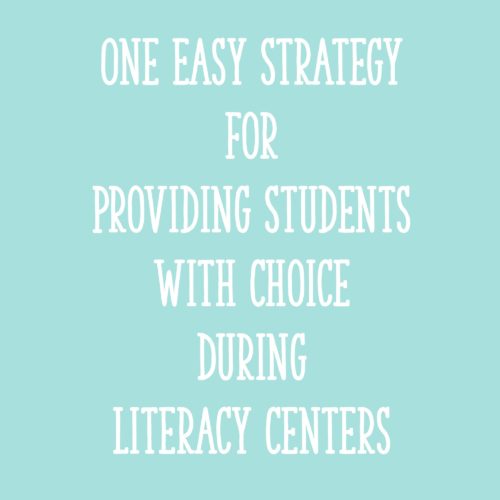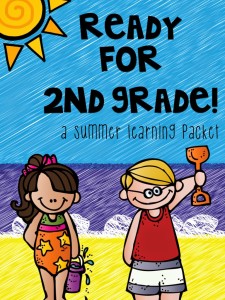A couple of months ago, I was telling my husband, over dinner, about a new book I’d purchased. Mid-conversation, he paused and said, “I wish I could read like you do.”
Mouth half-open, I stared at him for a few seconds. “Read? Uh, you know how to read just fine, honey,” I assured him. I wasn’t quite sure where he was going with this.
“No, not like that,” he told me. “I mean – you can just pick up a new book and go for it. You’re not afraid to try it. I never want to start a new book because I worry I’m not going to like it.”
After that, our conversation drifted elsewhere. But I couldn’t stop thinking about what he had said. And the implications of it.
As a child, my husband really loved to read. And he still enjoys it. But he had a certain genre (a certain kind of science fiction, I guess) that he really enjoyed. He had a few authors that he loved. And once he had made his way through all the books written by those authors, he wasn’t sure where to go next.
And a couple of decades later, he’s still stuck there. While I eagerly crack open a book after we get in bed, he’s watching movies or reading something online. He still reads, of course – literacy takes many forms. But he wishes he read more books. Or had more books that he wanted to read.
Of course, all of this made me think about my students. I began to wonder, “What can I do to help them avoid this kind of ‘reading roadblock’?”
As I pondered this question, I started to think that I needed to do two things:
- Help my students become reading risk-takers, and
- Expose them to and get them excited about a variety of genres, authors, and topics.
In today’s post, I’ll share my ideas about how to accomplish both of these goals.

Photo Credit: ER_09, Shutterstock
Encouraging Risk Taking
My husband’s reading roadblock has a lot to do with his fear of taking risks. He doesn’t want to buy or check out a book in case he doesn’t like it.
At face value, it sounds kind of silly, but I think we can all relate to it. I’m the same way with movies – I very rarely want to watch one, because I’m worried I won’t like it!
I think that many of our students can relate to this, too. Here are 3 things we can do to encourage our students to take more reading risks:
1. Model risk-taking. Tell your students about how you tried a new book, even if you weren’t sure that you would like it. Talk to them about how you selected a new genre to read aloud during story time, even though you’d never read anything like that to a group of students before. It’s simple, but sharing your thinking with your students can be powerful.
2. Avoid discouraging students from reading certain books because they will be “too hard.” The whole reading level issue is so complicated…on one hand, I want my students to be growing as readers when they’re reading independently. I don’t want them staring pointlessly at texts that truly ARE too difficult for them. On the other hand, if I take away books or direct students away from books that might be “too hard,” what am I accomplishing? I’m teaching them to avoid, or even fear, things that are too difficult – both in reading and in life! I heard Donalyn Miller (author of The Book Whisperer) speak at a conference once. She explained that when she sees a child struggling with a book that is too hard, she gently asks, “Are you enjoying that book? Or would you like to find a book that you can enjoy more?” If I say that to a student and they insist that they ARE enjoying the book, then I back off and keep an eye on the student’s future text choices. But I don’t require that my students only read books at a certain level. And I don’t discourage them from reading a book just because it is too hard. Just the other day, I had a student successfully get through a text that would normally be too difficult and too long for him – but because it was about the Avengers, he read it like a champ!
3. Teach students to stop reading a book if they don’t like it! When my husband and I had that conversation about him not wanting to read, I reassured him that we were not going to go bankrupt if he bought a book and didn’t end up reading it! It’s okay to stop reading a book that you don’t like! This is something we need to teach our students, too. Allowing them daily opportunities to access the classroom library can help with this – because kids feel free to go back and find new books to replace ones they started but didn’t enjoy.
Exposing Kids To Different Genres, Authors, and Topics
Making an effort to engage our students in reading different types of books makes a huge difference, too. If they never hear about a certain type of book, they may not discover it on their own!
I have a personal story related to this. A while ago, my husband and I were listening to a radio show on NPR. Part of the show involved an author reading an excerpt from his book. The anecdote was about his two sisters, and I found myself howling with laughter at his retelling of their antics. I sat in the car and refused to go into Target until the segment was over.
At the end of the segment, they shared the title of the book – The Boy Kings of Texas, by Domingo Martinez. You better believe I ordered it on Amazon as soon as I could!
The funny thing was, this was one of the first books I’d read in a LONG time that had a male narrator.
I’m not a man-hater or anything! But I tend to read books with female narrators. I wasn’t going to go out of my way to select a book told by a man – until I just happened to hear part of the text on the radio. (And by the way – I LOVED the book and read the sequel, too!)
This incident was a happy accident for me, but we can intentionally create similar experiences for our students. Here are three ways to do so:
1. Do at least one “book talk” per week about a text in the classroom library. This takes just a few minutes and is a great addition to a Monday morning meeting. Students will be SO excited to check out the featured book after you talk it up – even if it’s not something they’d normally read! Check out Scholastic’s Booktalk website for some examples of what a book talk can sound like: http://www.scholastic.com/teacher/ab/booktalks.htm. You can also search YouTube for book talks or snippets to show students.
2. Include lots of variety in the texts you read aloud to students. I know we inherently read a variety of books aloud to our students, but could we incorporate even more diversity? Could we try some graphic novels? (They have them for beginning readers, too.) Could we read aloud some magazine articles? Choose a different kind of book that has absolutely nothing to do with what we’re studying and just read it to our students for enjoyment?
3. Encourage students to recommend books to each other. There are so many fun ways to do this! You could have a few students do book talks to the entire class. You can have students each share a book they love in a small group setting. Kids can write book reviews during centers time and post them in the classroom library. Not only does this encourage students to try out new books (social pressure!), but it’s also great for practicing persuasive writing.
Conclusions
It’s easy to get wrapped up in the “what” of literacy instruction – the standards, differentiation, and all that other stuff. All of that is important, but I also think that it’s important to help our students develop their whole reading selves and learn to take risks.
Do you have any ideas for helping students become risk-taking readers? Or engage with new types of texts? Please leave a comment – I’d love to hear from you!












